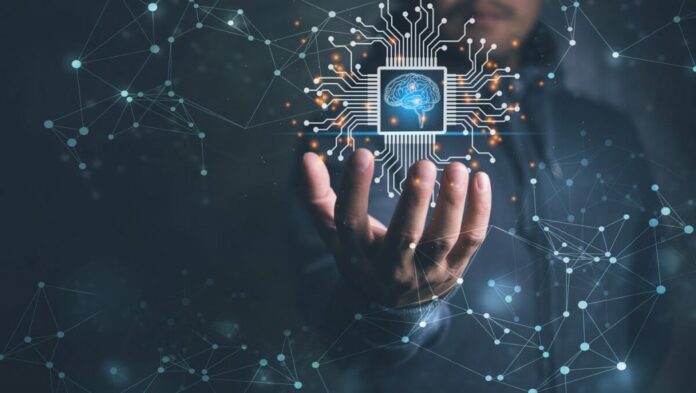We, human beings, are limited to the belief that the most intelligent device we have ever come across is the human brain. This has placed pressure on scientists and researchers to develop robots and artificial intelligence that operate at the level of human intelligence. But how about keeping the human brain’s emotions away and thinking beyond that? It is probable, indeed.
Once people think out of the box, the decades-long run towards discovering an artificial intelligence device that imitates the human brain may be disrupted. In that scenario, not our fate, but something above and much more advanced, should be the human brain.
Artificial intelligence has been used for a very long time as the science of making human-like machines smarter and more intelligent. In reacting to survival instincts, harnessing intellectual curiosity, and balancing nature’s demands, the human brain has evolved. We have the authority to think about what is going to work and what is not going to work. Human beings, for instance, took birds as inspiration to create flights. But we did not come up with the exact mechanism of the bird’s wings to make anything fly. Although airplane wings are inflexible and rigid, the bird’s wings are flexible. We had an intellectual instinct that it wouldn’t work to design an aircraft with flexible wings. This is how the human brain in accelerating scientific endeavors seeks ways to surpass our physical capacities, the fusion of mathematics, algorithms, analytical methods, and mathematical models.
A long way from being a part of science fiction to fact, artificial intelligence has come. We have self-driving vehicles today, smart virtual assistants, chatbots, and AI-powered surgical robots. It has sparked a row over racism and prejudice ever since artificial intelligence entered human everyday life. Since ‘AI algorithms are fed with real-world data’ is said to be the truth, researchers act as troubleshooters when AI overwhelms the accounts of discrimination. Amazon’s hiring algorithm, which famously discriminated against women, and the COMPAS algorithm of the US government, which punishes Black people unfairly, are well-known examples of AI bias.
Even though manual corrections can cross the gap between this discriminatory process, if not done correctly, it could get much worse. The humanly established bias that affects machines in the modern age is at the root of all these problems. The only way to end up with advanced technology that represents people’s priorities is to create a mechanism of artificial intelligence that is beyond the human brain. Since we are at the forefront of handling a global health crisis, let us look at some real-world examples of how technology, beyond human intelligence, is solving the Covid-19 pandemic. Since we are at the forefront of handling a global health crisis, let us look at some real-world examples of how technology, beyond human intelligence, is solving the Covid-19 pandemic.
With more and more mutant variants coming into the picture from the UK, Brazil, South Africa, etc., things got more hectic for healthcare staff and government officials who were taking care of the situation with Covid-19. The best way to figure out whether or not people have Covid-19 is to obtain technical assistance and set up a big data system that sorts the numbers.
Machine learning techniques or algorithms that connect previous and current datasets with the help of labeled data to predict future events are supervised learning techniques. The methods are capable of providing an appropriate training process with results in input data and comparing results with real results and expectations to recognize errors and adjust the model according to the results. An algorithm can take all the information and evaluate information such as the occupation of the individual, gross income, family status, race, or ZIP code with the aid of supervised machine learning, influence whether or not they have caught the disease. The algorithm can also analyze the vulnerability of some individuals with their data to contract the virus.
The lack of knowledge has always presented a problem. In the Covid-19 case, it is even more serious. To make matters worse, because of human mistakes, the data may also be incorrect. The Covid-19 data is frequently incomplete, making it difficult to evaluate.
The main objective of this work was to use clustering to classify and evaluate the ideal number of clusters of countries relating to Covid-19, an unsupervised learning technique. This way, one gets data from several different groups and compares it to see whether Covid-19 may have been a collection of individuals in the past.
Follow and connect with us on Facebook, Linkedin & Twitter

